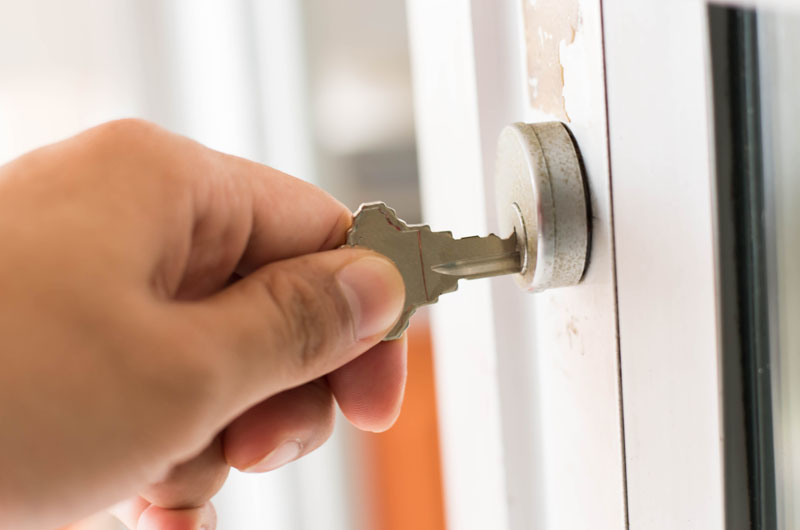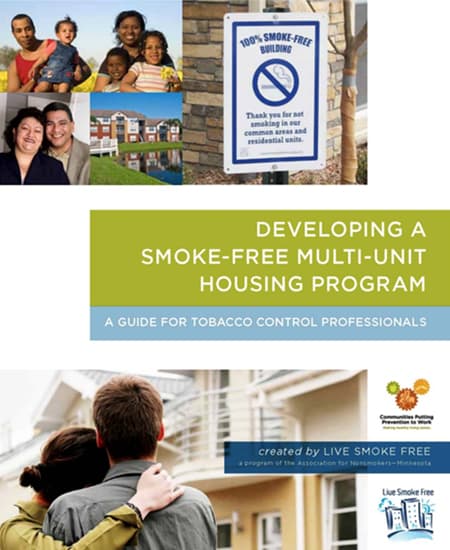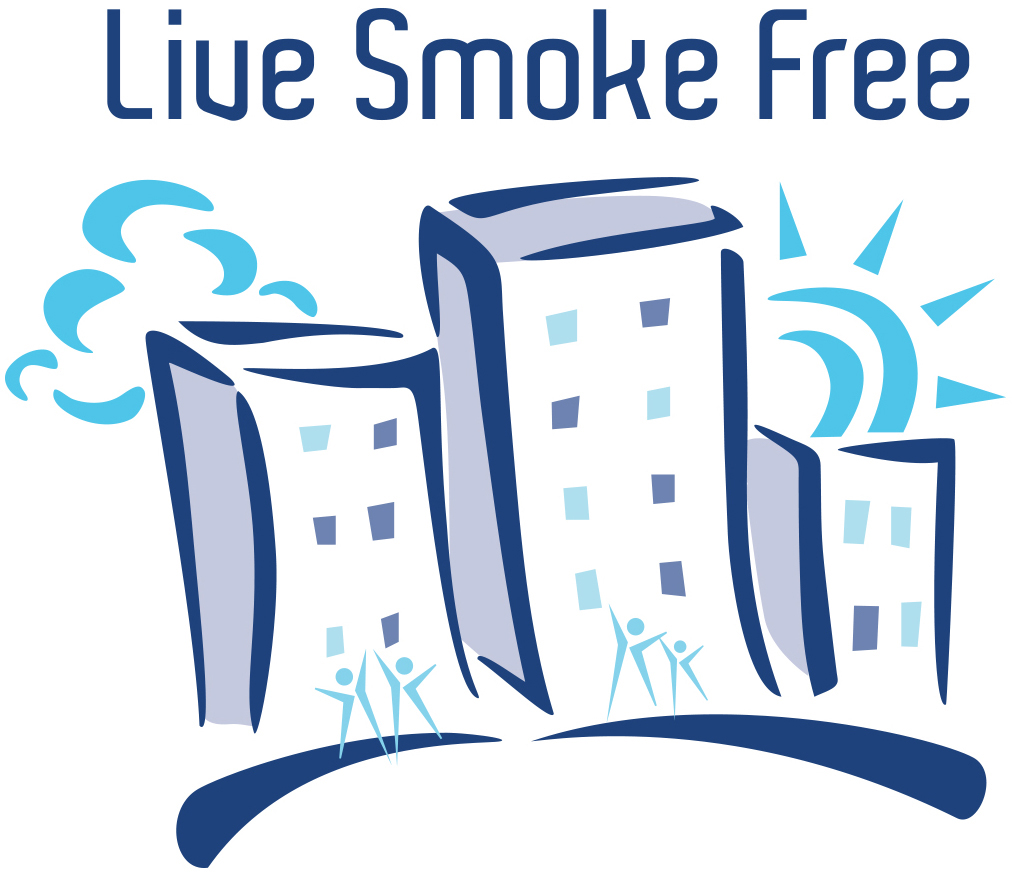ADVOCATES
Many people are interested in smoke-free housing. If you work for a public health organization, legal resource center, social service organization, or educational institution, here are some reasons why smoke-free housing policies benefit our communities. If you want to learn how your organization can work with Live Smoke Free to promote smoke-free multi-housing, please contact us.

Minnesota Technical Assistance
The Association for Nonsmokers MN, Live Smoke Free’s parent organization, received a Tobacco Free Communities Technical Assistance grant from the Minnesota Department of Health to support grantees in Minnesota working on smoke-free housing initiatives.
Through this project, Live Smoke Free can provide assistance with:
- Consultations
- Program development materials
- Educational and training resources
- Sample smoke-free housing policy adoption and implementation tools
For further information about ANSR’s technical assistance team, visit the ANSR website.
To view available technical assistance materials available to smoke-free housing advocates in Minnesota, click here.

National Technical Assistance
In 2011, Live Smoke Free received a Communities Putting Prevention to Work (CPPW) Mentoring grant from the Minnesota Department of Health to provide training and technical assistance to health professionals working on smoke-free housing around the country.
Through this project, Live Smoke Free:
- Presented a nine-part webinar series called “Stages of Smoke-Free Multi-Unit Housing Program Development.”
- Created a training manual entitled “Developing a Smoke-Free Multi-Unit Housing Program: A Guide for Tobacco Control Professionals.”
- Developed a booklet for property managers called “An Apartment Manager’s Guide to Adopting a Smoke-Free Building Policy in the United States.”
View and order these resources here. These materials are free* to smoke-free housing advocates throughout the United States while supplies last.
In 2018, Live Smoke Free received a grant from the Robert Wood Johnson Foundation to support public housing agencies nationwide with the implementation of the U.S. Department of Housing and Urban Development’s “Instituting Smoke-Free Public Housing” rule. Live Smoke Free collaborated with national partners to create Clean Air for All: The Smoke-Free Public Housing Project (CAFA). CAFA smoke-free public housing resources and tools can be found here.
Live Smoke Free is available to provide additional national technical smoke-free housing support for contract. For further information contact Live Smoke Free at 651-646-3005 or info@mnsmokefreehousing.org.
*Shipping charges may apply.
National Smoke-Free Housing Program Resources
Global Directory of Smoke-Free Multi-Housing Programs
There are many smoke-free housing programs like Live Smoke Free around the United States and in several other countries. Live Smoke Free maintains a directory of these programs which you can access below. The Global Directory is updated annually. If you do not find a program in your area, call your county or state health department to ask if a local program exists.

Tools for Creating a Smoke-Free Housing Program
In 2011-2012, Live Smoke Free received a Communities Putting Prevention to Work Mentoring Supplement from the Minnesota Department of Health to mentor communities throughout the US on developing a smoke-free housing program.
The training materials below are results of that work. If you have questions about these resources, please feel free to contact Live Smoke Free at info@mnsmokefreehousing.org or 651-646-3005.

Resources for Property Managers and Owners
National booklet for apartment managers: “An Apartment Manager’s Guide to Adopting a Smoke-Free Building Policy in the United States” Public health professionals can print this electronic copy of the booklet to give to apartment managers. There is space on the back cover to put the contact information for your organization. If you would like to receive hard copies of the booklet, please use this order form. *Live Smoke Free reserves the right to limit quantities and shipping costs may apply.
Developing a Smoke-Free Multi-Unit Housing Program:
A Guide for Tobacco Control Professionals
Manual: A 215-page, 12-chapter manual providing tobacco control professionals with in-depth information on creating and sustaining a smoke-free muilti-unit housing program: “Developing a Smoke-Free Multi-Unit Housing Program: A Guide for Tobacco Control Professionals.” To order a copy of the manual, use this order form. Live Smoke Free reserves the right to limit quantities. Shipping costs may apply.
Developing a Smoke-Free Multi-Unit Housing Program: A Guide for Tobacco Control Professionals
- Introduction: Developing a Smoke-Free Multi-Unit Housing Program: A Guide for Tobacco Control Professionals
- Chapter 1: Building the Case for Smoke-Free Multi-Unit Housing
- Chapter 2: Getting to Know the Multi-Unit Housing Industry
- Chapter 3: Building a Smoke-Free Multi-Unit Housing Program
- Chapter 4: Understanding Legal Issues
- Chapter 5: Reaching Out to the Multi-Unit Housing Industry
- Chapter 6: Working With Owners and Managers to Adopt Smoke-Free Policies
- Chapter 7: Providing Cessation Resources in Smoke-Free Multi-Unit Housing
- Chapter 8: Working With Renters Exposed to Secondhand Smoke
- Chapter 9: Cultivating Program Sustainability
- Glossary and Sample Tools
- Resources
“It has been highly recommended as a must have educational resource.”
~Carol Meschkow, Tobacco Action Coalition of LI
Archived Webinars
Between October 2011 and March 2012, Live Smoke Free hosted a 9-part webinar series discussing topics related to building and maintaining a smoke-free housing program. Webinars featured expert speakers and allowed listeners to learn what’s happening in the smoke-free housing movement around the country. Although the recordings of these webinars are no longer available, slides and handouts are still available below.
Part 1: The Case for Smoke-Free Housing
Aired: Thursday, October 20, 2011 12:00-1:30pm Central Time
The importance of adopting smoke-free housing policies. Includes information on the dangers of secondhand smoke; how smoke moves through a building; the market demand for smoke-free housing; the dangers of cigarette-related fires; and the cost savings of smoke-free policies.
Presentation Slides Smoke-Free Housing Program ContinuumPart 2: Getting to Know the Multi-Housing Industry
Aired: Thursday, October 27, 2011 12:00-1:30pm Central Time
Assessing housing stock and learning what’s important to the housing industry. Includes information on how to assess a community’s housing stock; finding existing smoke-free buildings; learning about local trade associations; speaking the lingo of the housing industry; and how subsidized, market-rate, and specialty housing differ.
Presentation Slides Smoke-Free Housing Program ContinuumPart 3: Building Your Smoke-Free Housing Program
Aired: Thursday, November 10, 2011 12:00-1:30pm Central Time
Creating goals, materials, and procedures to sustain a program. Includes information on the differences between the voluntary policy approach and the public policy approach; how to build a database or tracking system; deciding what services and materials your program will offer; creating a listing of smoke-free buildings that can be shared with the public; and conducting survey research on market demand.
Presentation Slides Smoke-Free Housing Program ContinuumPart 4: Understanding Legal Issues & Resources
Aired: Thursday, December 1, 2011 12:00-1:30pm Central Time
Learning local, state, and federal laws pertaining to multi-housing. Includes information on legal resources around the country; general landlord/tenant laws; legal case studies regarding smoke-free housing; researching state-specific laws around tobacco and multi-housing; federal laws protecting renters from secondhand smoke; avoiding discrimination claims when a building goes smoke free; and other policy options such as low-income housing tax credits.
Presentation Slides Smoke-Free Housing Program ContinuumPart 5: Strategies to Reach the Housing Industry
Aired: Thursday, December 15, 2011 12:00-1:30pm Central Time
Getting your message to property owners/managers. Includes information on indentifying and meeting with local organizations that work with housing; attending multi-housing conferences; conducting mailings and training sessions to owners/managers; utilizing earned and paid media; and working with nontraditional industries such as green building initiatives, insurance providers, and rental search services.
Presentation Slides Smoke-Free Housing Program Continuum Sample letter sent to property managers after a fire at their building Sample letter sent to property managers after a fire at a building in their neighborhood Sample postcard series for property managers National Multi-Housing Council Update on smoke-free housing National Apartment Association UNITS article December 2007 National Apartment Association UNITS article April 2011Part 6: Working with Property Owners/Managers
Aired: Thursday, January 12, 2012 12:00-1:30pm Central Time
The policy adoption process. Includes information on how policy adoption differs for rental and owner-occupied multi-housing; discussing the benefits of policy adoption with owners/managers; helping owners/managers conduct a survey of building residents; assisting owners/managers with notifying residents of policy change and writing a smoke-free lease addendum; promoting smoke-free buildings; and training owners/managers on enforcing a policy.
Presentation Slides Smoke-Free Housing Program Continuum Chart: Process to assist managers Sample timelines for Quit-Date and Phase-In Methods of policy adoption Template for Quit-Date Method of policy adoption Template for Phase-In Method of policy adoption Post-policy survey for residents Policy checklist for managers Policy checklist for smoke-free housing staffPart 7: Providing Cessation in Smoke-Free Buildings
Aired: Thursday, January 26, 2012 12:00-1:30pm Central Time
Helping current residents make the transition to a smoke-free environment. Includes information on getting connected to local cessation programs; how cessation can work in disparate populations; providing owners/managers with cessation materials and talking points for offering cessation to residents and employees.
Presentation Slides Smoke-Free Housing Program Continuum Biography for Dr. Kolawole OkuyemiPresentation by Dr. Kolawole Okuyemi: Cessation Facts and Myths about Smokers with Chemical Dependency, Mental Health Conditions, and Homelessness
One slide per page; Full page slides Three slides per page; Includes space for note takingPresentation by Loretta Worthington: Addressing Nicotine Dependence in Treatment
One slide per page; Includes presentation notes Three slides per page; Includes space for note takingPart 8: Working with Renters Exposed to Secondhand Smoke
Aired: Thursday, February 9, 2012 12:00-1:30pm Central Time
Empowering renters suffering from secondhand smoke drift. Includes information on renters’ rights; encouraging renters to talk with their building owner/manager; and connecting renters to local legal services.
please note: there is a glitch in the recording that makes the audio and visual go out for about a minute near the 53 minute mark. We are working to fix this issue.
Presentation Slides Smoke-Free Housing Program Continuum Brochure: What to Know Before You Rent Sample letter from renter to manager about secondhand smoke problem Sample resolution from residents' association to manager Brochure: Secondhand Smoke in Your Apartment Brochure: Enjoying Smoke-Free Air in Your Apartment Sample letter from smoke-free housing program to manager Fact sheet on secondhand smoke and renters' rights Sample letter from doctor to manager Sample petition for rentersPart 9: Program Sustainability
Aired: Thursday, February 23, 2012 12:00-1:30pm Central Time
Creating lasting partnerships and systems changes. Includes information on utilizing other smoke-free housing programs in the country; strategies for continuing a program on limited resources; and finding additional funding.
Presentation Slides Smoke-Free Housing Program Continuum Sample pre-policy survey for managers to give to residents Live Smoke Free satisfaction survey given to managers to see if services were helpfulPartnering to Close the Gaps in Smoke-free Homes Protections
July 15, 2021
A healthy home is a smoke-free home, free of the serious health harms caused by secondhand smoke. Unfortunately, the home is increasingly the main source of secondhand smoke exposure for millions of people in the US. In fact, housing is the leading source of secondhand smoke exposure for children, and those living in 4 multi-unit housing are less likely to enjoy smoke-free protections. Learn about trends and emerging issues in smoke-free homes, how cross-sector partnerships are successfully extending protections to populations experiencing disparities in smoke-free homes, and free or low-cost resources to help you promote smoke-free homes.
Presenters
Nakki’ A. Price, PhD, MPhil, MPH, Centers for Disease Control and Prevention, Office on Smoking and Health
Kara Skahen, MSW, MPP, Live Smoke Free, Association for Nonsmokers-Minnesota
Michelle Kegler, DrPH, Emory Prevention Research Center, Rollins School of Public Health
Overview and New Developments in Minnesota’s Medical Cannabis Program
January 11, 2022
This 60 minute webinar is intended to provide OSHII grantees and partners a basic overview of the MDH Medical Cannabis Program, recent changes to the program, and discussion of new/emerging marijuana products. This is the first in a two-part series of webinars to promote better understanding of the intersection between Minnesota’s policies regarding medical cannabis and other policy areas, such as commercial tobacco control and smokefree air policies.
Presenters
Chris Tholkes, Minnesota Department of Health, Director of Medical Cannabis Program
Christina Thill, Minnesota Department of Health, State Policy Planner (Facilitator)
